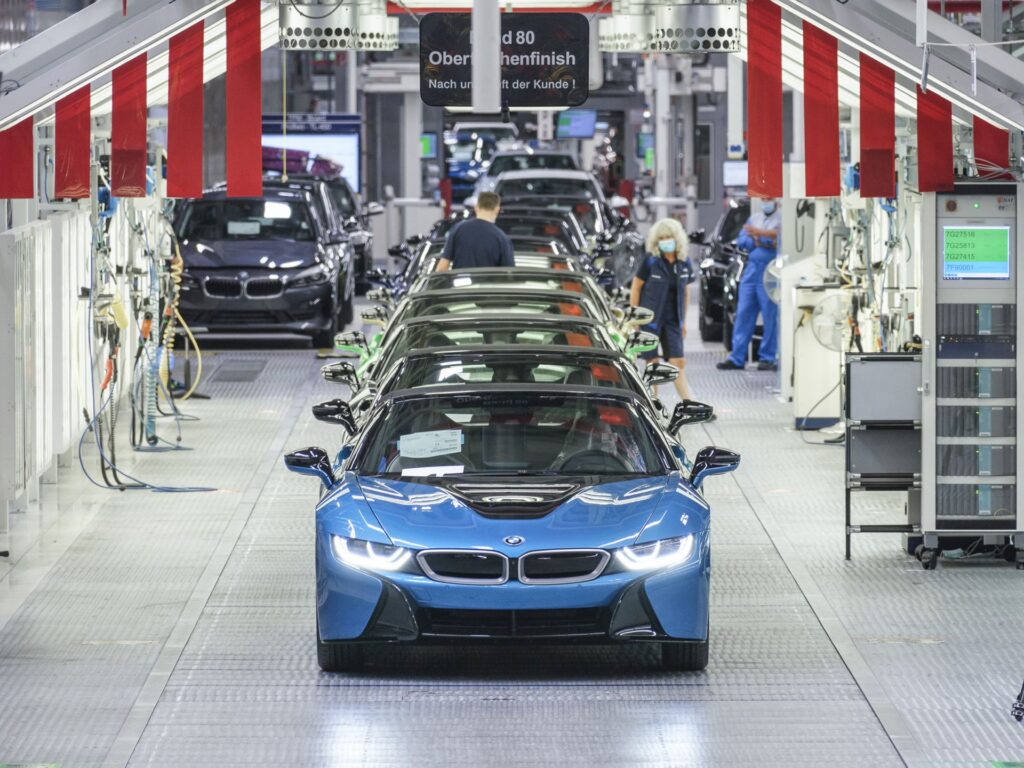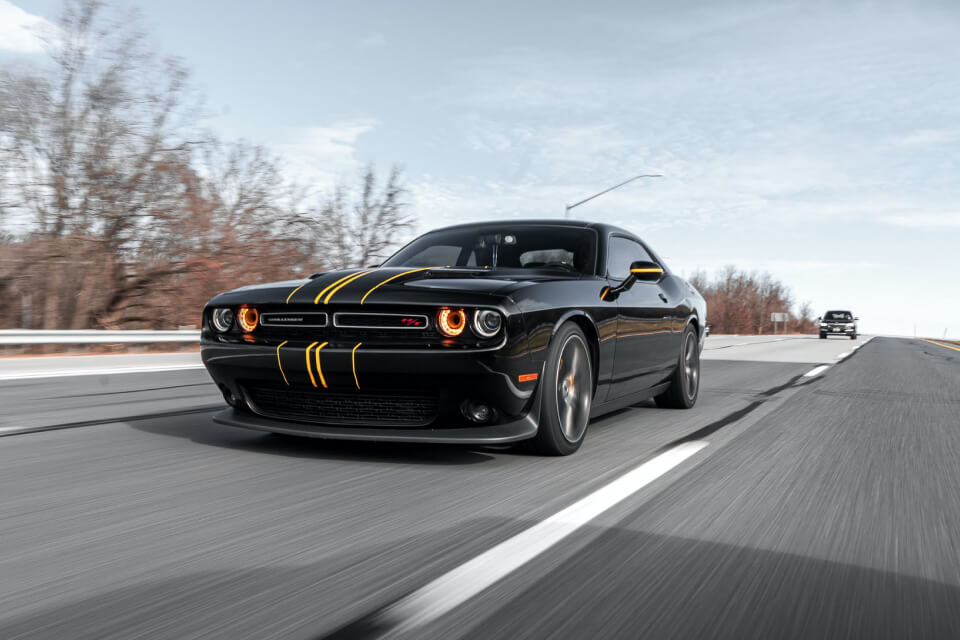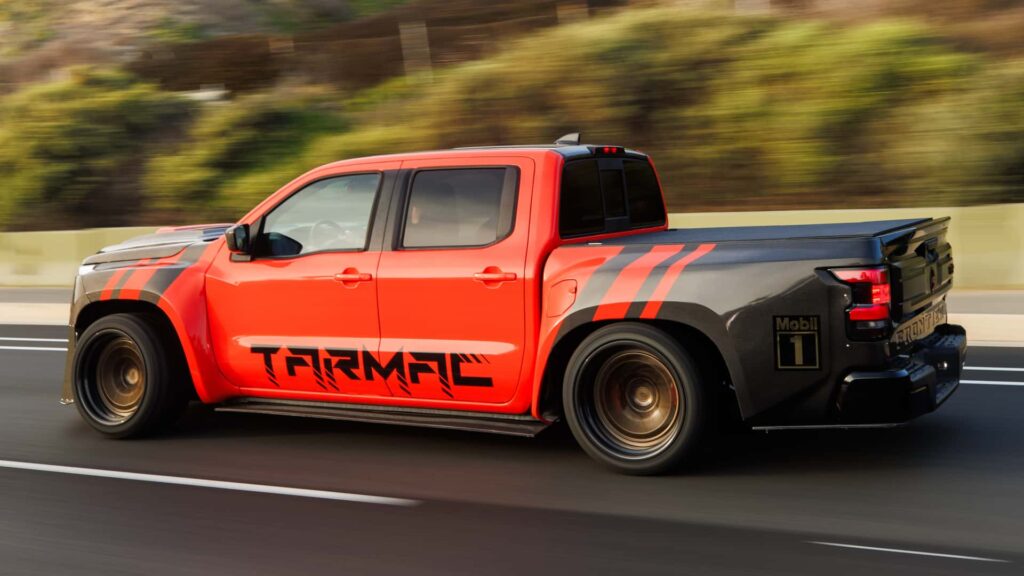It has been over four years since BMW ceased production of the i8 sports car, and while there have been talks of a potential successor, nothing significant has materialized. Regardless, BMW offers a range of high-performance vehicles for enthusiasts, including the M2, M5, X5 M, and the $185,000 XM Label. Additionally, there’s the Z4, which, though not a hardcore M car, is a capable and more affordable alternative to the Porsche Boxster.
A Unique Place in BMW’s History
Nevertheless, the i8 holds a special place in BMW’s history. It was an engineering and design marvel that served as the brand’s halo model for several years. While it may have lacked the raw sports car feel of the Audi R8 or Porsche 911, the i8 was never intended as a direct rival to those vehicles.
Like the i3, the i8 debuted at a time when electrification was still in its infancy—well before the Tesla Model 3 or Porsche Taycan era. While the i3 was a fully electric urban compact car, the i8 showcased technologies that BMW envisioned for its future performance models.
To that end, it featured a 369-horsepower plug-in hybrid powertrain, advanced aerodynamics with a drag coefficient of 0.26, a carbon-fiber-aluminum platform, and a cutting-edge all-wheel-drive system. This combination made it an enjoyable driver’s car, particularly as a grand tourer. However, with a 0–60 mph time of ‘only’ 4.2 seconds, some criticized it for lacking power and claimed that its sales success was primarily due to its striking design.
Accolades and Recognition: Awards for the BMW i8
Even so, BMW garnered numerous awards for the i8, including Top Gear’s Car of the Year, Autoblog’s Technology of the Year, the World Green Car of the Year, and the International Engine/Powertrain of the Year. While the i8’s styling was undeniably its unique selling point, it offered more than just visual appeal.
In fact, the i8’s bold design enabled BMW to execute memorable marketing campaigns. For instance, the Bavarian automaker partnered with French fashion house Louis Vuitton to create i8-inspired luggage. The i8 also featured prominently in the Mission: Impossible film series as part of BMW’s brand promotion and product placement strategies. While hybrid supercars like the Ferrari SF90 Stradale and McLaren Artura have since demonstrated what BMW might have achieved with a higher-performance i8 successor, it’s worth noting that this was BMW’s first mid-engine sports car since the M1—so a steep learning curve was inevitable.
Moreover, BMW’s current lineup of electrified models shows how much the company has progressed since the i8. Plug-in hybrids like the M5 and XM are anything but underpowered or slow. The M5 produces 717 horsepower and accelerates from 0–60 mph in 3.4 seconds, while the XM Label generates 738 horsepower and 1,000 Nm of torque, completing the same sprint in 3.6 seconds.
However, the XM’s polarizing design and steep price tag have deterred some buyers.
BMW’s Electrification Success Stories Post-i8
BMW’s electrification push has been so successful that the i4 M50 is now its best-selling M model and ranks as the top premium car in J.D. Power’s Electric Vehicle Experience Ownership Study, ahead of the Rivian R1T, R1S, and Tesla Model 3.
Perhaps BMW missed an opportunity by not introducing a more capable successor to the i8 or enhancing it with ALPINA’s performance expertise, which might have silenced some critics. Yet, it’s hard to fault Oliver Zipse and his team—the supercar market is notoriously challenging. Even Audi has discontinued the R8 (though a replacement is reportedly in the works), while brands like Ferrari, Lamborghini, and Aston Martin increasingly rely on SUVs for growth.
Ultimately, BMW can take pride in selling over 20,000 units of the i8—more than any other vehicle in its segment. Given its importance to BMW’s heritage and its groundbreaking role in the brand’s history, the i8 is poised to become a future classic. While it wasn’t without flaws, it remains an icon.


